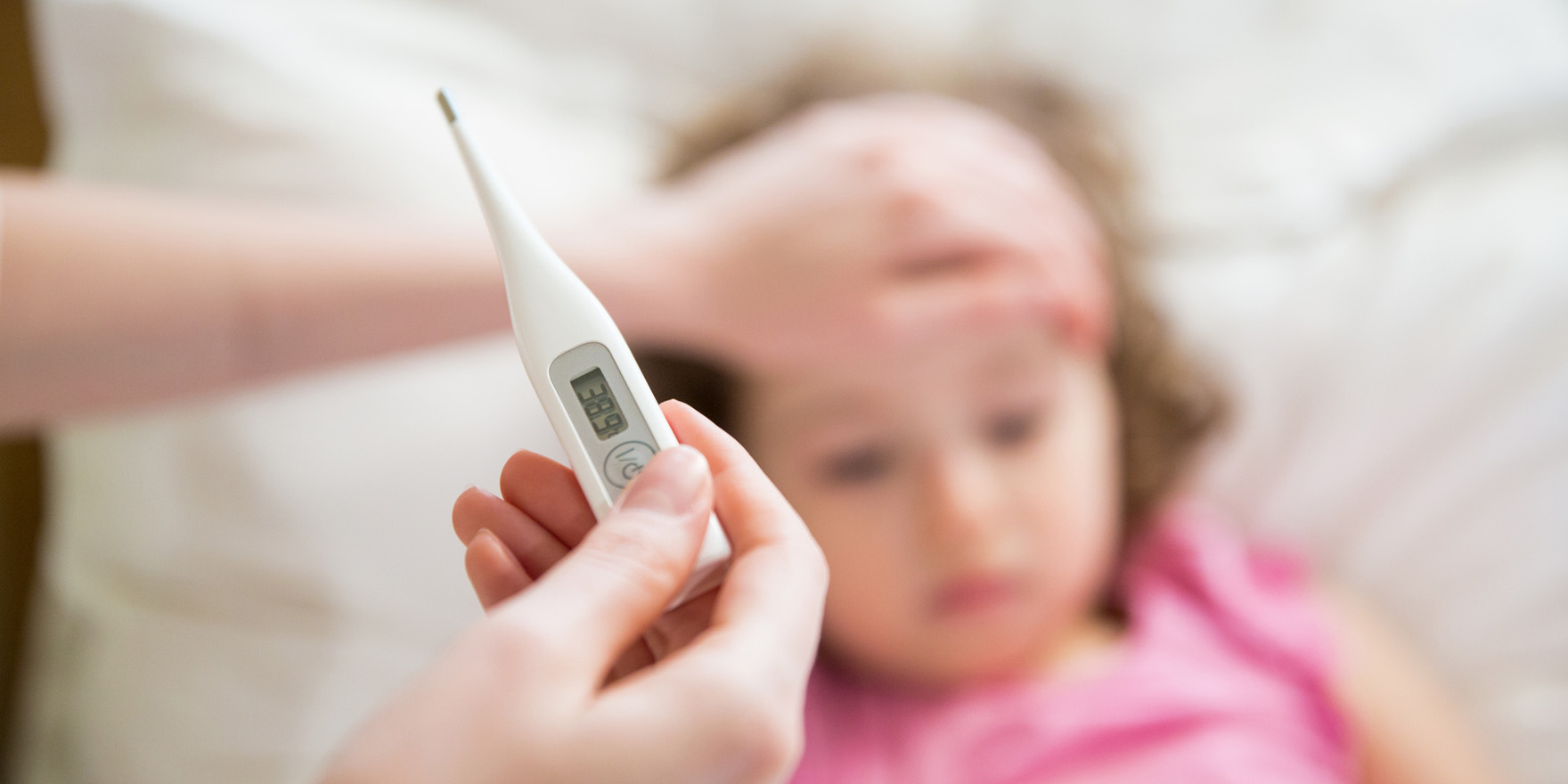When the thermometer in their sick child’s mouth climbs past the 38 degree mark, many parents hit the panic button and drive straight to ED
When the thermometer in their sick child’s mouth climbs past the 38-degree mark, many parents hit the panic button and drive straight to the emergency department.
These parents don’t even consider first taking their febrile child to a GP, resulting in many potentially avoidable hospital presentations.
The exact number of non-urgent cases of childhood fever in ED was unknown, however, before a group of researchers at the University of Tasmania published the results of its study this month.
The study, led by pharmacology lecturer Dr Bonnie Bereznicki, found nearly one-third of the children presenting to the Royal Hobart Hospital with fever could have seen a GP instead.
That is, 30.7% of the 459 children aged six or under presenting to the hospital for fever were classified as “semi-urgent” or “non-urgent”, were not admitted to hospital, did not arrive by ambulance, and did not die (as per the Australian Institute of Health and Welfare’s definition of “potentially avoidable GP-type presentations”).
Overall, children under the age of six years account for around 17% of all emergency presentations, with a small proportion of these presentations (1.6%) being non-urgent cases of fever.
“These presentations could contribute to ED overcrowding and this could potentially be prevented if the parents were more confident about managing childhood fever in the home,” the researchers said.
Most of the children with non-urgent fever were given non-prescription oral antipyretic medication and oral fluids by ED staff and sent home, “suggesting perhaps that, given appropriate education and advice, these children may have been manageable in primary care”.
But Dr Simon Judkins, the President of the Australasian College for Emergency Medicine, said studies using retrospective data were “always a concern”.
“It is very easy to say who may not have needed to come to the emergency department after it has been determined that the patient is safe to be discharged,” Dr Judkins said.
Previous studies have shown that only around 5% of patients in most major EDs are GP-type patients.
Many patients were actually referred from GPs to emergency departments, he said.
“It is common mythology that emergency departments are clogged with GP-type patients,” Dr Judkins said. “The fact remains the workload of GP-type patients in emergency departments is trivial and is not the main reason for overcrowding.
“The main cause of overcrowded emergency departments is the issue of bed capacity, [that is] basically patients having to stay longer in the emergency department because there aren’t beds in wards of the hospital,” Dr Judkins said.
Journal of Paediatrics and Child Health 2018, 7 June


